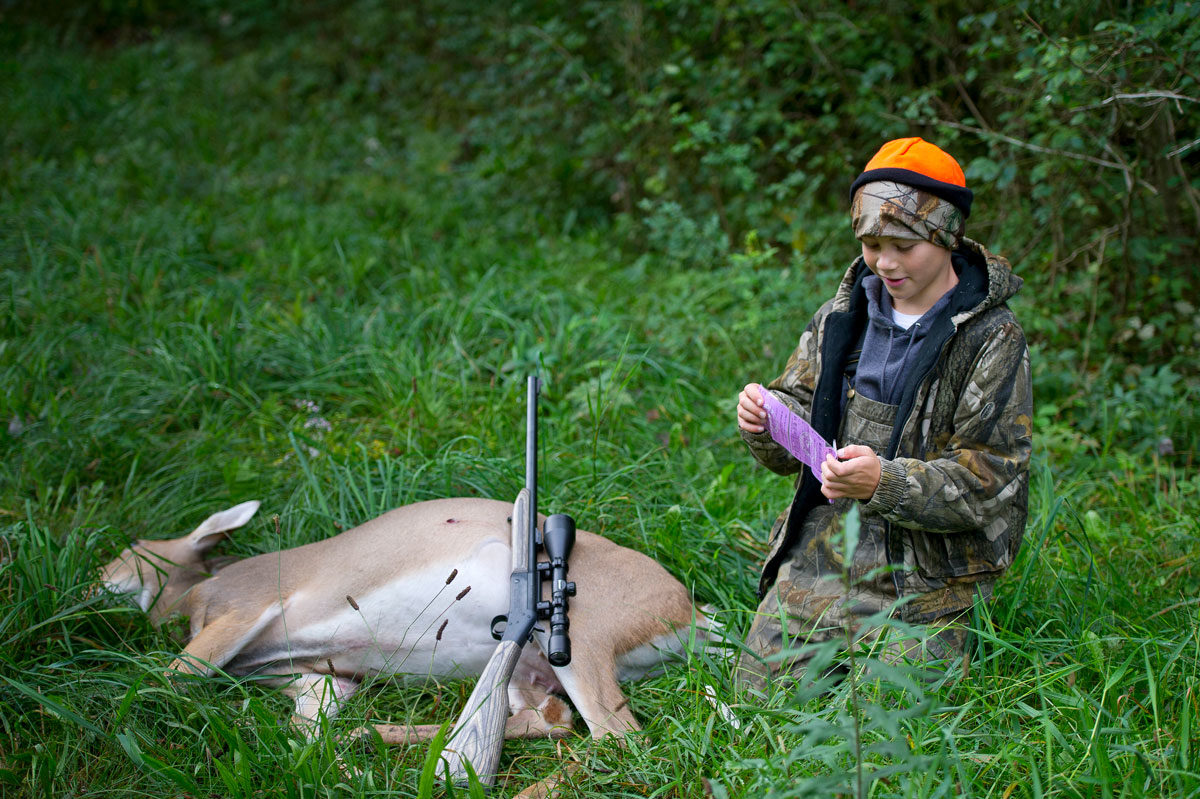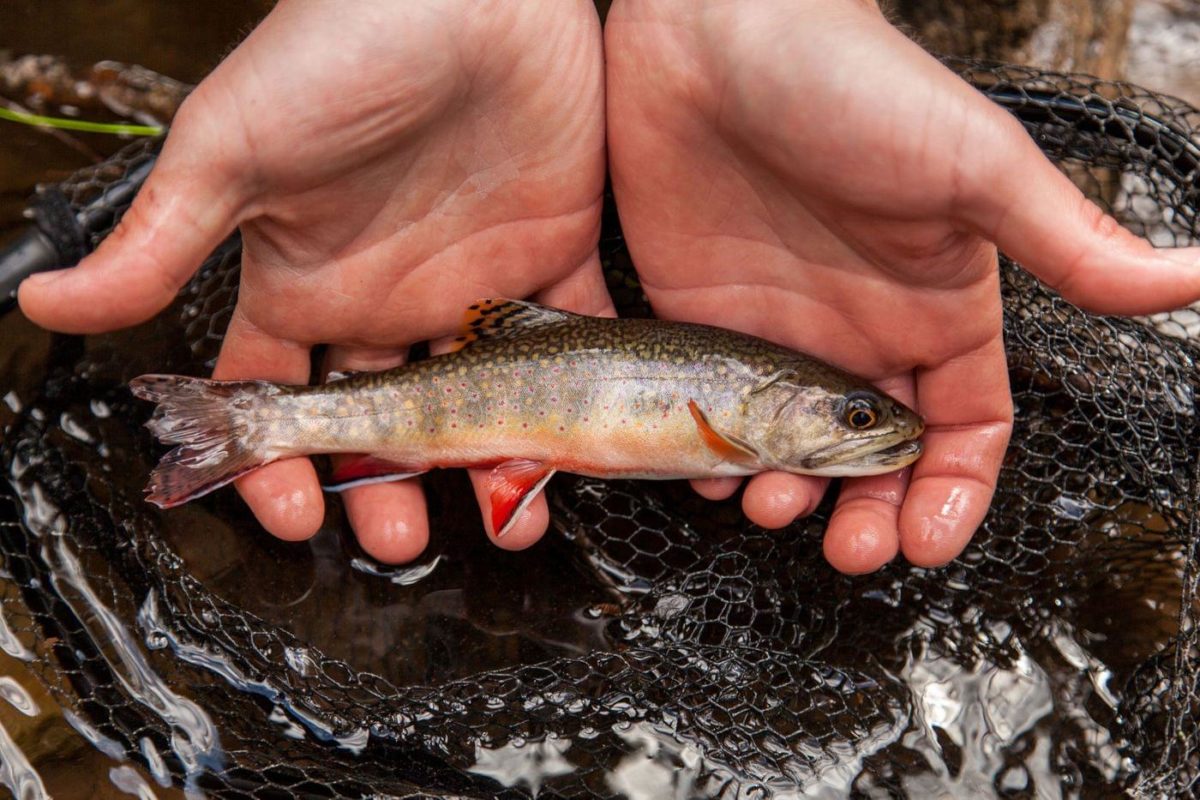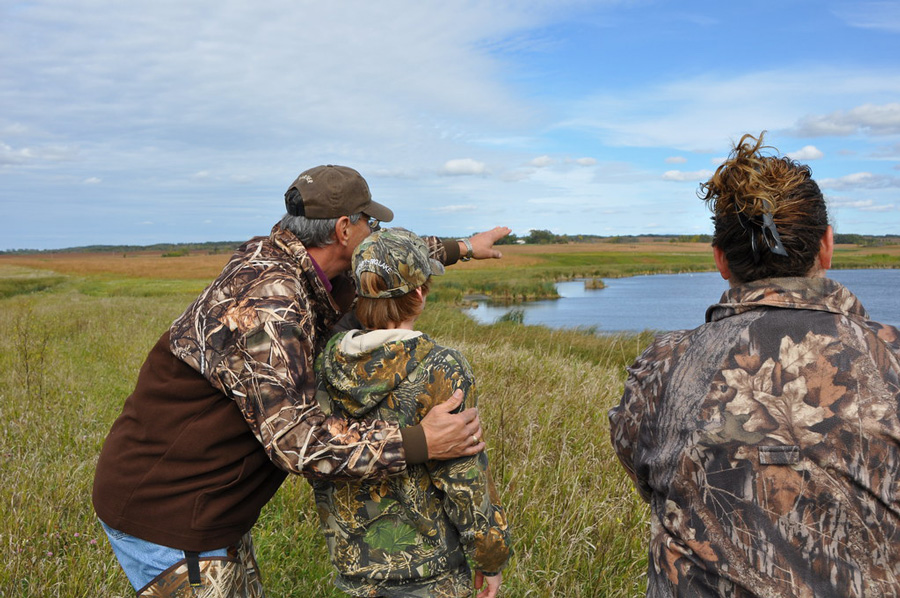East Coasters have the chance to stand up for smart solutions to overfishing, including leaving more food in the water for stripers
Along much of the East Coast, sportfishing has been exceptional this summer. From red drum and cobia to flounder and Spanish mackerel, anglers have enjoyed great fun. A major exception, however, has been stripers. As in previous seasons, anglers reported seeing smaller, skinnier bass, particularly in the northern Atlantic.
This isn’t surprising, sadly. The 2018 stock assessment for striped bass confirms what we’ve seen on the water for far too long: Stripers are overfished and overfishing is still occurring. Unless decisive action is taken, this iconic sportfish is headed for serious trouble.
As required under their mandate, the fisheries managers at the Atlantic States Marine Fisheries Commission must reduce the annual fishing-related mortality for striped bass along the Atlantic coast and in the Chesapeake Bay. Their staff has recommended a minimum 18-percent reduction to reverse this troubling decline and get the species back on a healthy track.
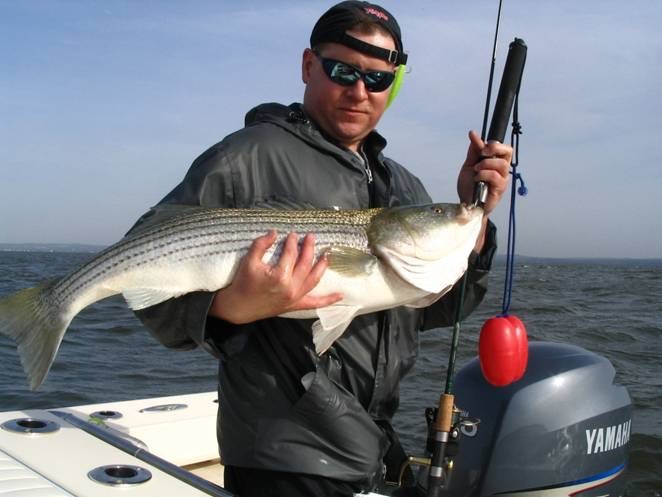
The ASMFC is considering several options to achieve these reductions and will hold a final vote at its October meeting. In an effort to get input, commissioners are holding public hearings up and down the Atlantic coast to solicit comments from anglers and outdoor recreation businesses.
Showing up and speaking out at these meetings can make a big difference. When you step up to the microphone, here’s what the TRCP recommends supporting.
Sharing the Burden of Rebuilding the Stock
First, the TRCP believes that the ASMFC should reduce the overall catch equitably among both commercial and recreational fishing. We’re all out there benefiting from the resource, so we should all be part of the solution.
Limits We Can Live With
On the rec side, the TRCP’s preferred option is a one-fish-per-angler limit in the bay and along the Atlantic ocean. Any striper you keep in the Chesapeake would have to be 18 inches or longer and only stripers longer than 35 inches would be keepers out on open water within three miles of the shore.
This would help more rockfish reach spawning size, which in turn would boost overall population numbers.
Tip: At a hearing or in written comments, you’ll want to specifically say, “I support Options 2-A1 and 2-B1.”
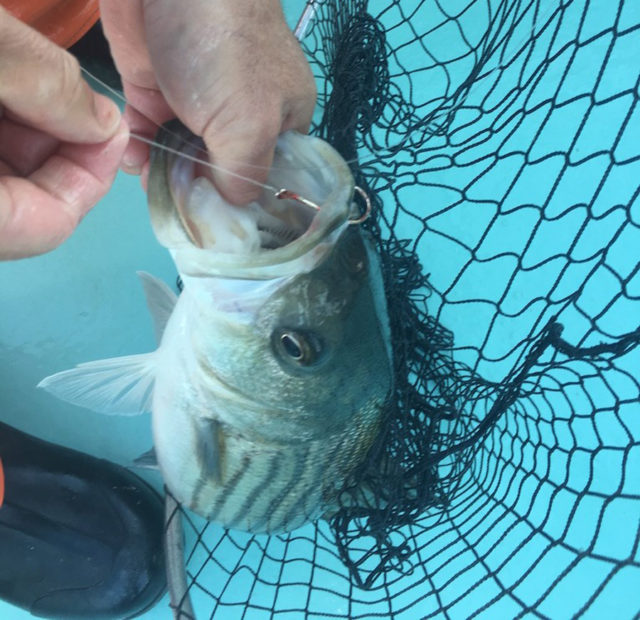
Requiring Circle Hooks for Baitfishing
Research has shown that circle hooks can significantly decrease gut hooking, when used correctly. In turn, this reduces the number of rockfish that die after being released. This is an important step in reducing the overall mortality rate for these fish, with size limits to guide what fish you take and safer release standards for fish you throw back.
Tip: At a hearing or in written comments, you’ll want to specifically say, “I support Option B on circle hooks.”
Standing Strong for Menhaden
Angler conservation ethics and revised stripers rules can help the striped bass stock recover more quickly. Yet, as these sacrifices are being made, it makes no sense to allow the industrialized harvest of menhaden—the stripers’ primary food source—to increase. A single foreign-owned industrialized harvester sucks up more than 70 percent of the coastwide menhaden catch, and much of that is in the Chesapeake Bay. Research suggests localized depletion of menhaden in the bay could be responsible for as much as a 30-percent decline in striped bass.
That’s why the TRCP and our sportfishing partners have launched a campaign to ensure that coastal states and the ASMFC honor their commitment to moving forward on an ecosystem-based management model for menhaden. This would provide a more accurate accounting of menhaden’s critical role in the marine food chain.
The Bottom Line
The ASMFC is absolutely correct to take swift action—in fact, some Atlantic states, like Virginia, have already reduced seasons and bag limits on their own. This is laudable. The bottom line is that the TRCP wants to see the best possible outcome for stripers and their forage base, but we need anglers like you to get involved.
If you cannot attend a hearing in person, submit your public comment via email to comments@asmfc.org with “Striped Bass Draft Addendum VI” in the subject line. The deadline is 5 p.m. EST on October 7, 2019.
Capt. Chris Dollar is an outdoor writer, fishing guide, and outfitter based on Maryland’s Eastern Shore. He has nearly 25 years of experience as an outdoors professional and is dedicated to conserving all things wild. He currently serves as program manager for the TRCP’s Atlantic menhaden conservation campaign.
Top photo by Will Parson/Chesapeake Bay Program.


